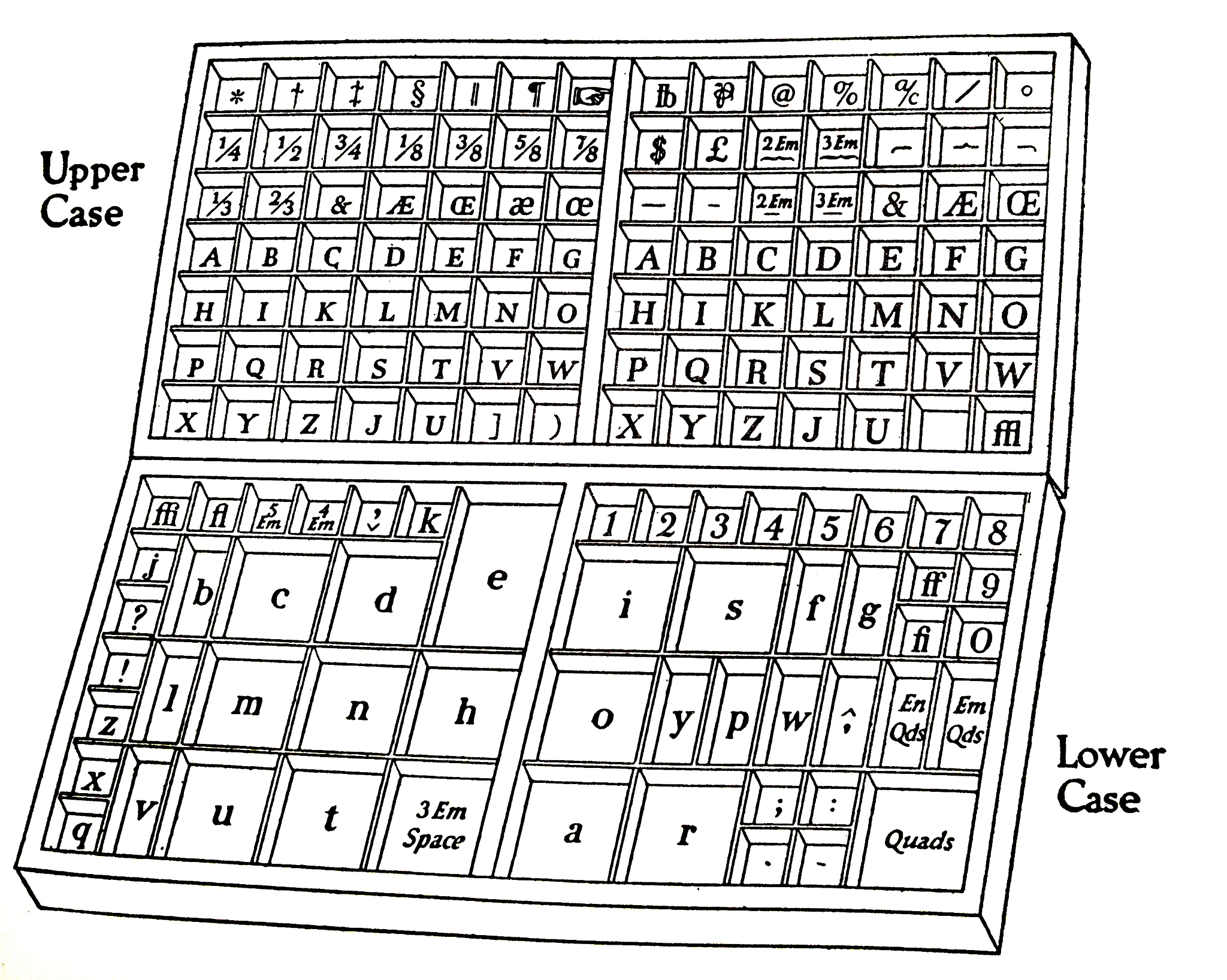This engraving is not from an advert but a short editorial in the Black and White Budget about a penknife made for British army volunteers by Thomas Turner and Company, of Sheffield. The issue is dated 3 March 1900, a time when the Second Boer War had been under way for six months and had another two years to run. The item (on page 8) reads:
An excellent knife, originally designed for the C.L.I.V. but since supplied to the Volunteers of the Gordon Highlanders, the Yorkshire Yeomanry, and the Duke of Cambridge’s Own, has been manufactured by Messrs. Thomas Turner and Co., of Sheffield. It is called the “Lord Mayor’s Own Knife,” and has received the approval of H.R.H. the Duke of Cambridge, who says that he is “highly satisfied with the knife and thinks it quite the right thing for the purpose.” It measures four inches in length when closed, and consists of a good strong blade, an effective tin-opener and a strong square pincer, which can be used as a leather borer, a machine spiker, or a horse-hook. The price is five shillings and sixpence.
‘Encore’ on the blade was a Thomas Turner trade mark. The C.L.I.V. was the Ceylon Light Infantry Volunteers, a force that fought in South Africa. Ceylon was a British colony famous for its tea plantations and is now known as Sri Lanka. The Duke of Cambridge at the time was Prince George, a grandson of George III and cousin of Queen Victoria. He was commander-in-chief of the British Army from 1856 to 1895.

Major-general John French was on the cover of the Black and White Budget. He would be knighted a year later and led the British Expeditionary Force at the start of the First World War.
>>History of Thomas Turner (Sheffield)
>>Sri Lanka Army Volunteer Force history













































































































































